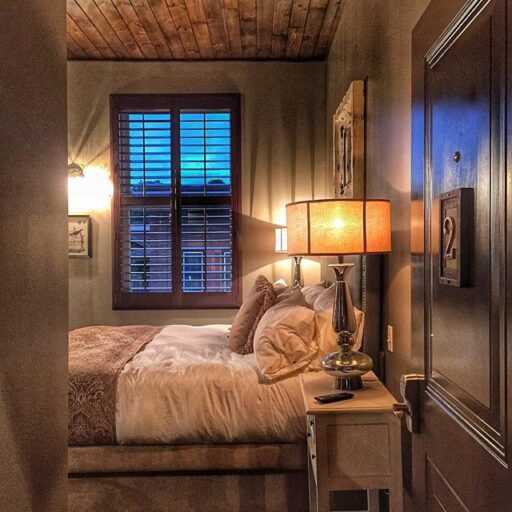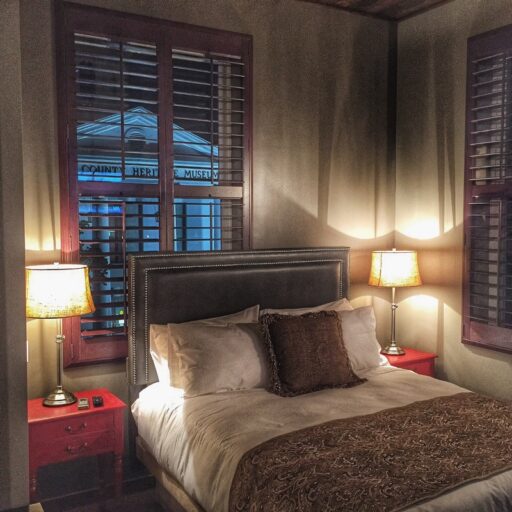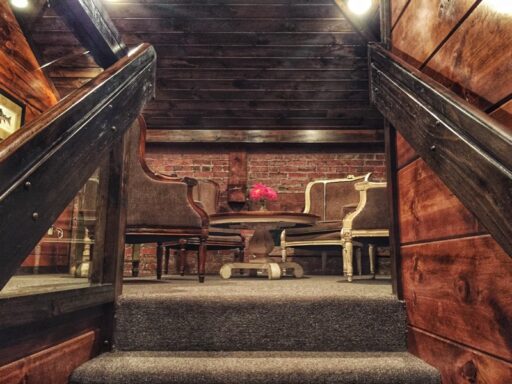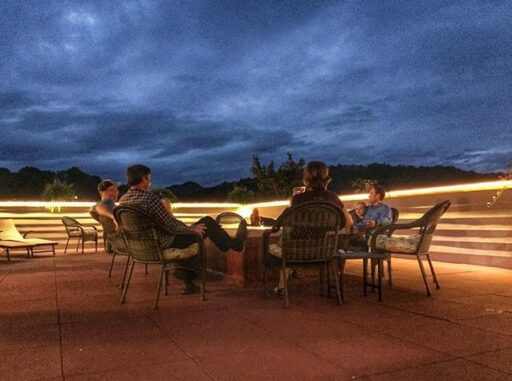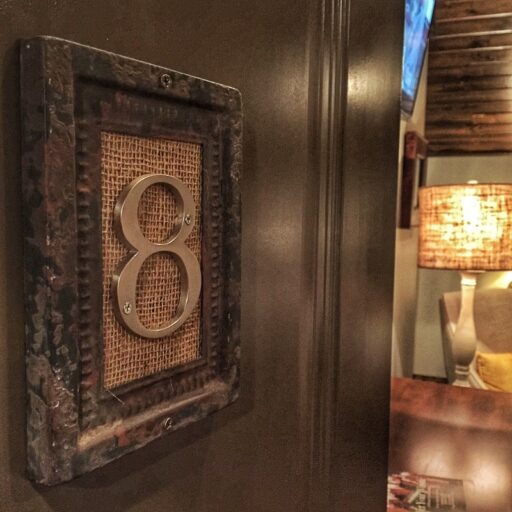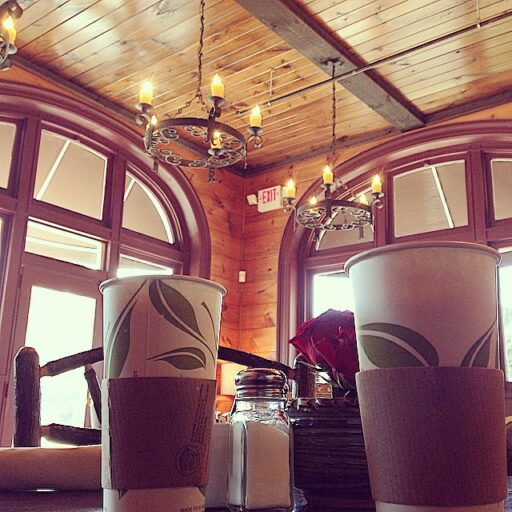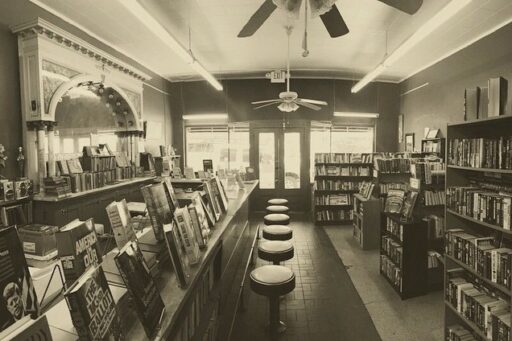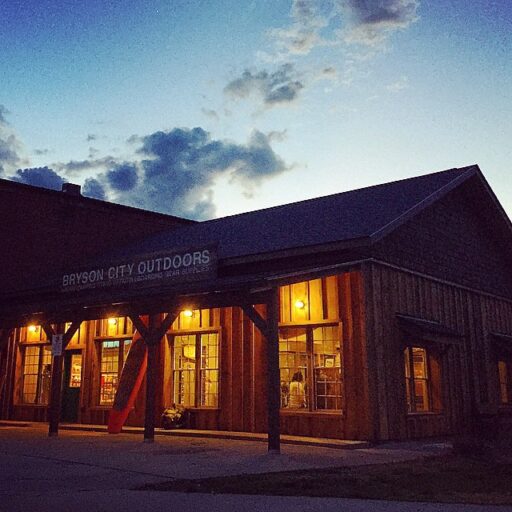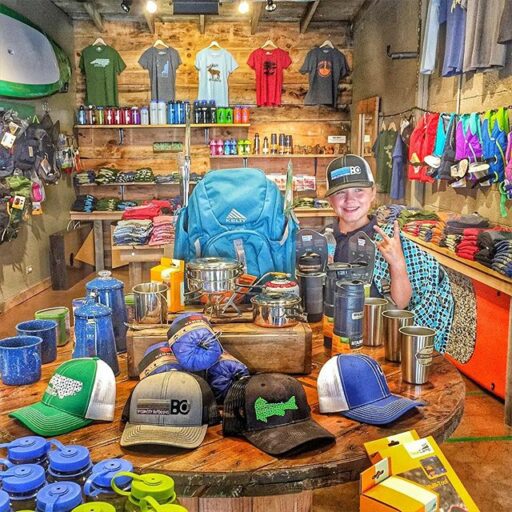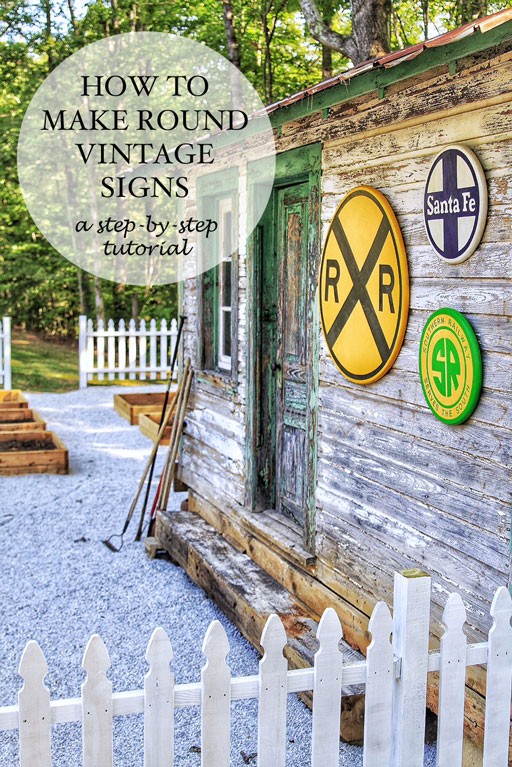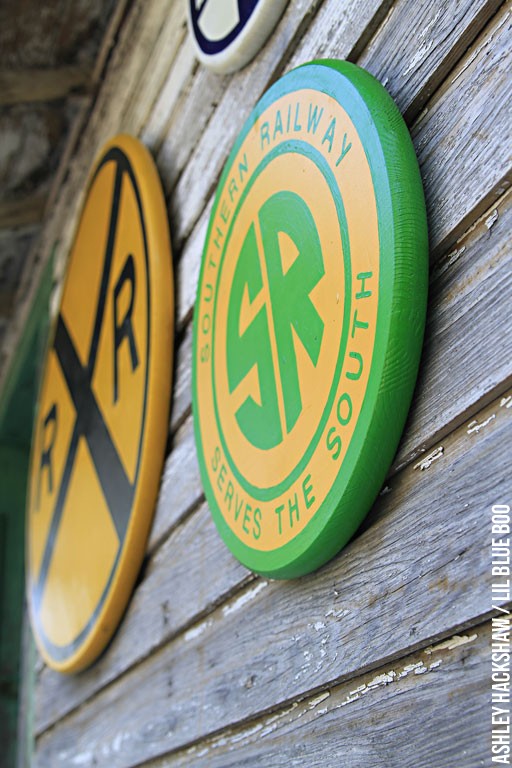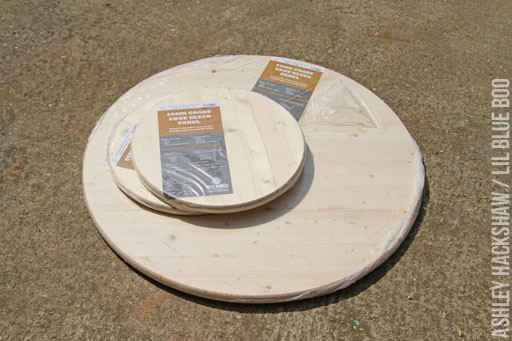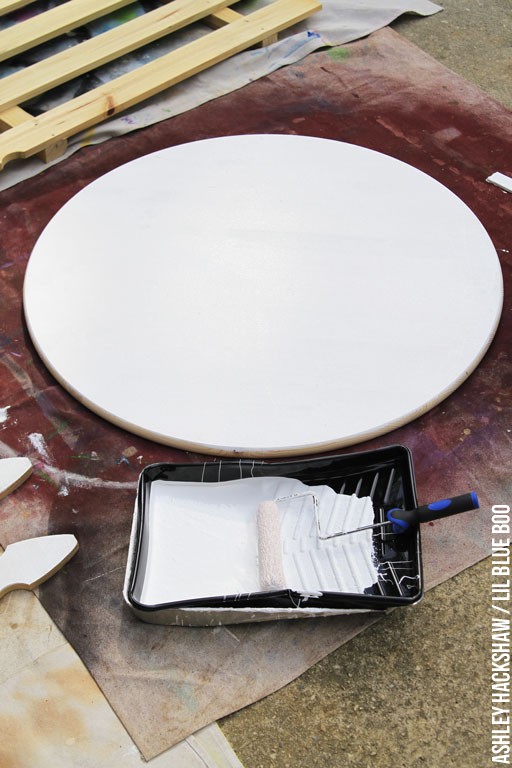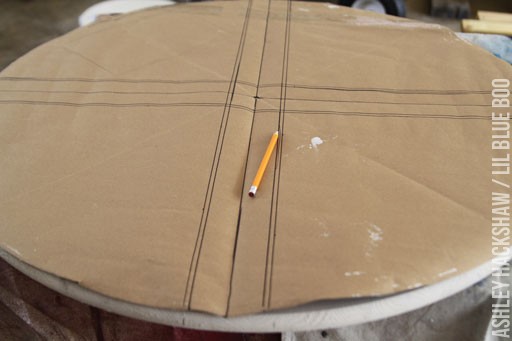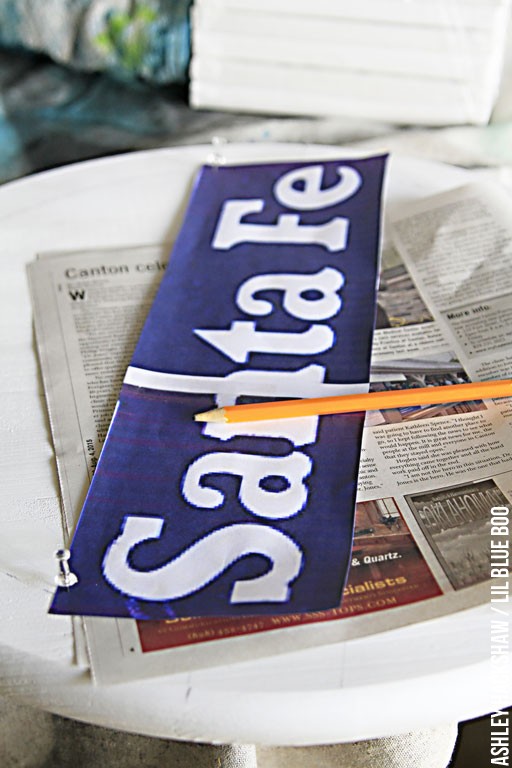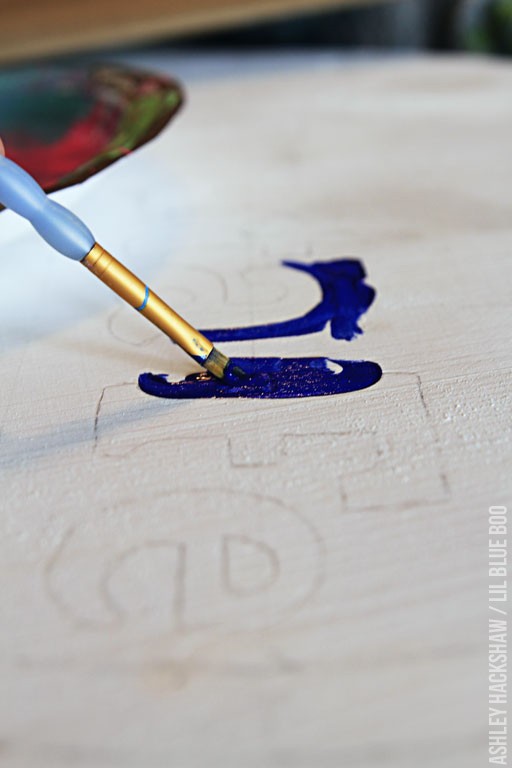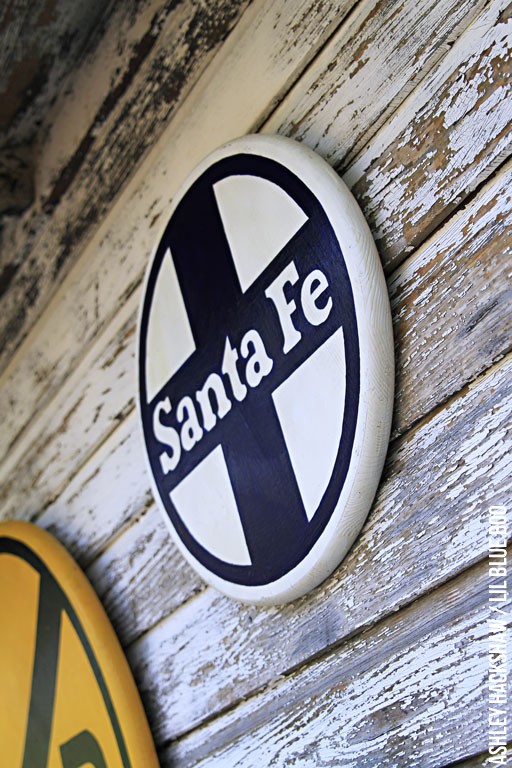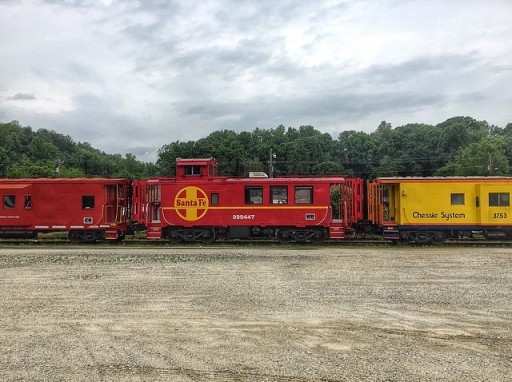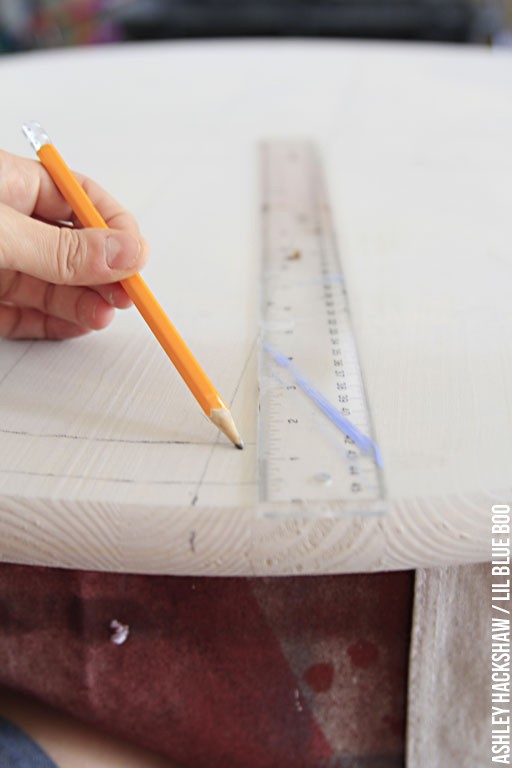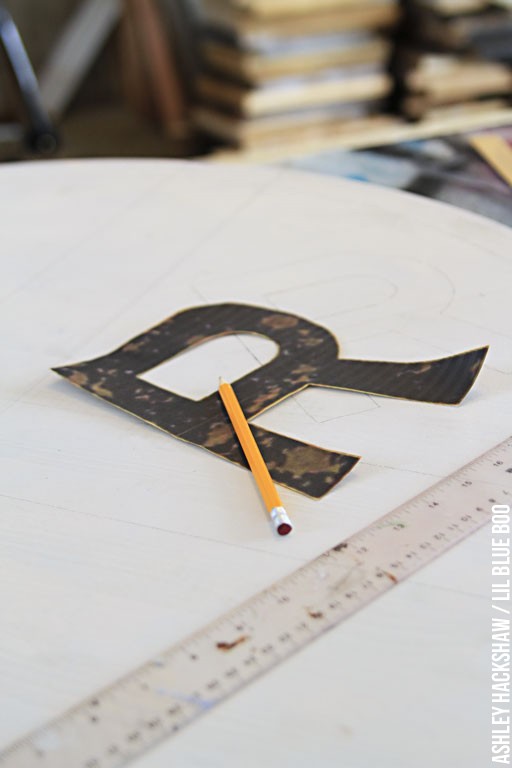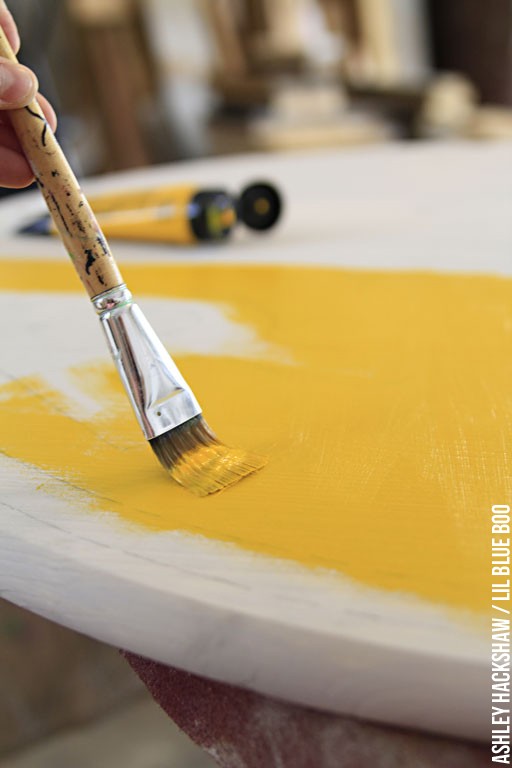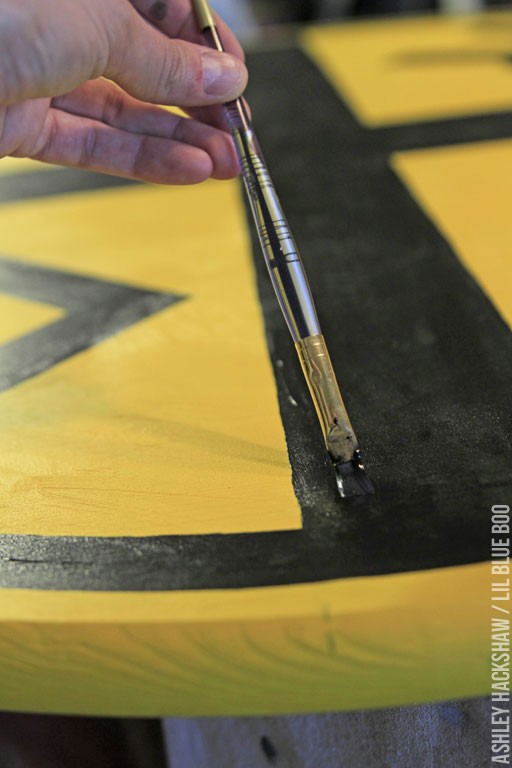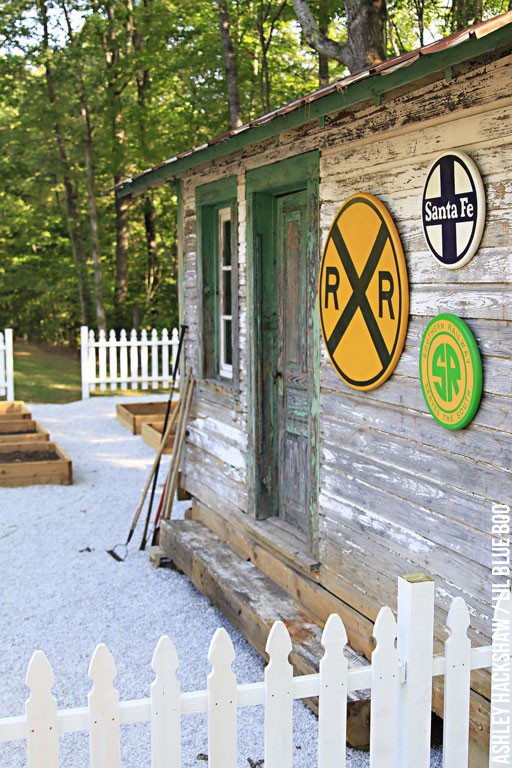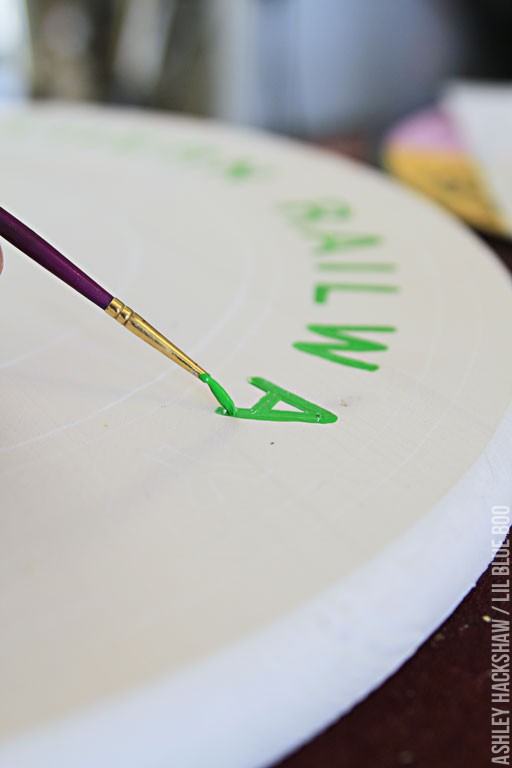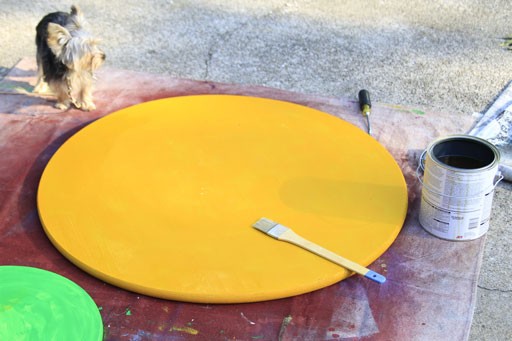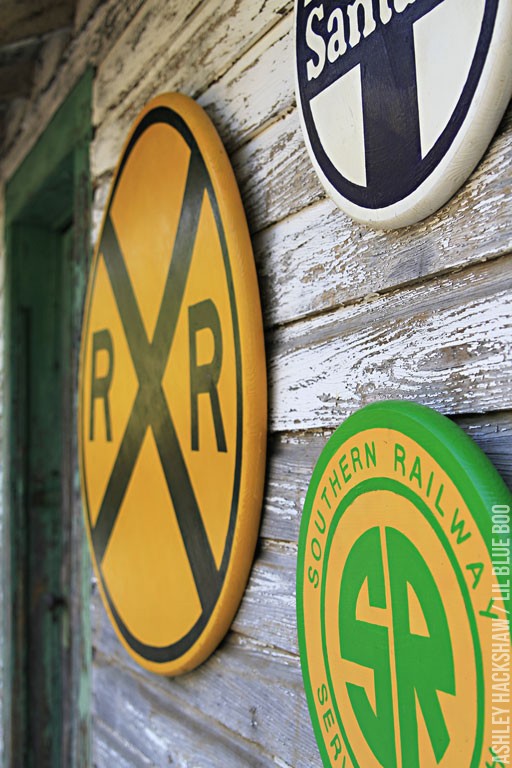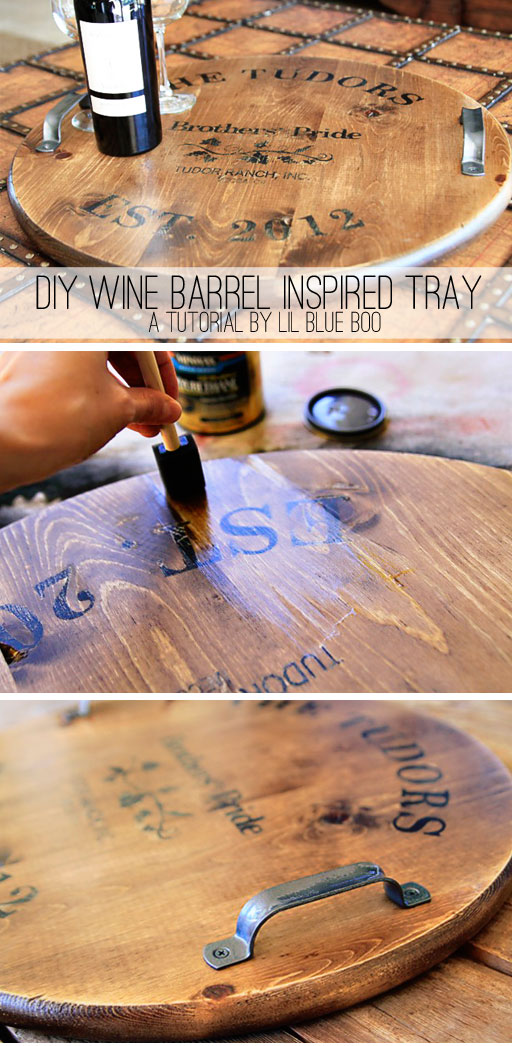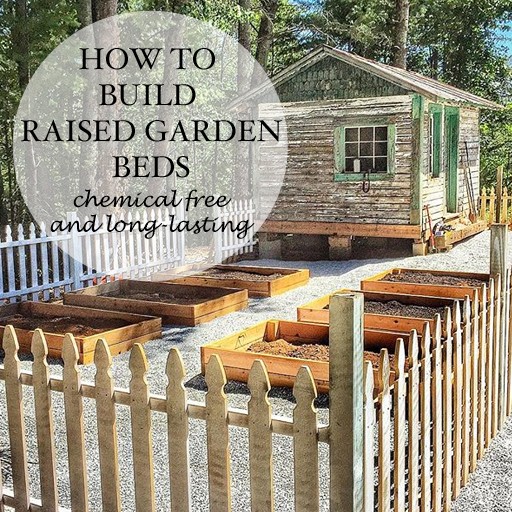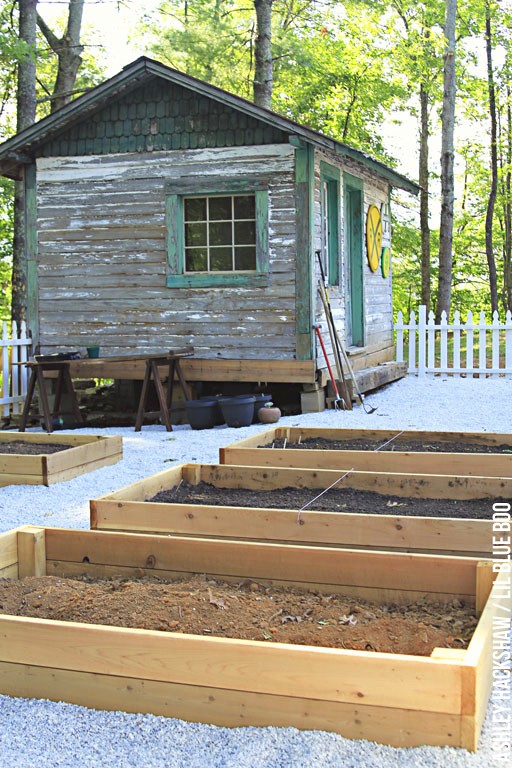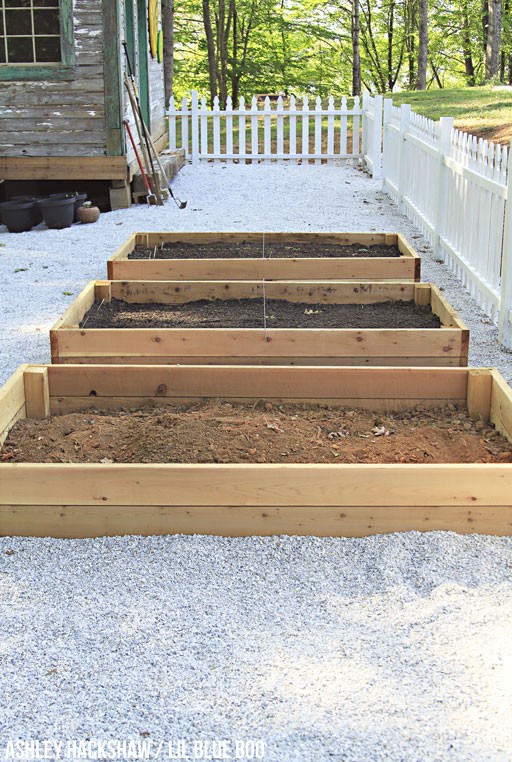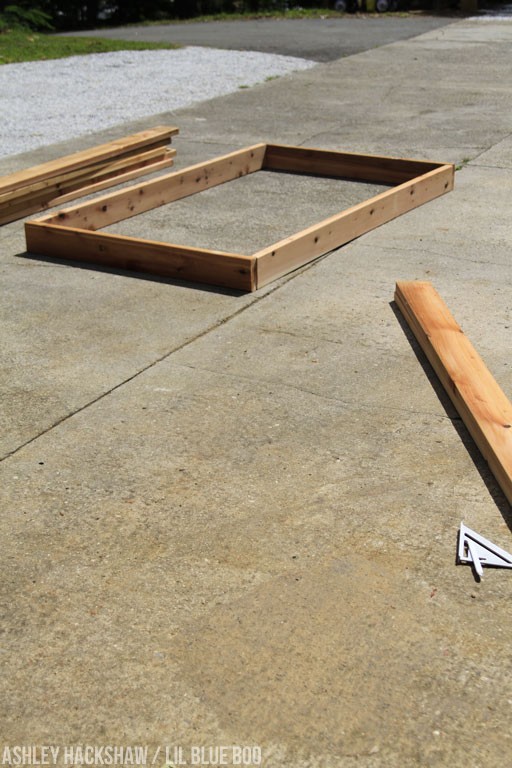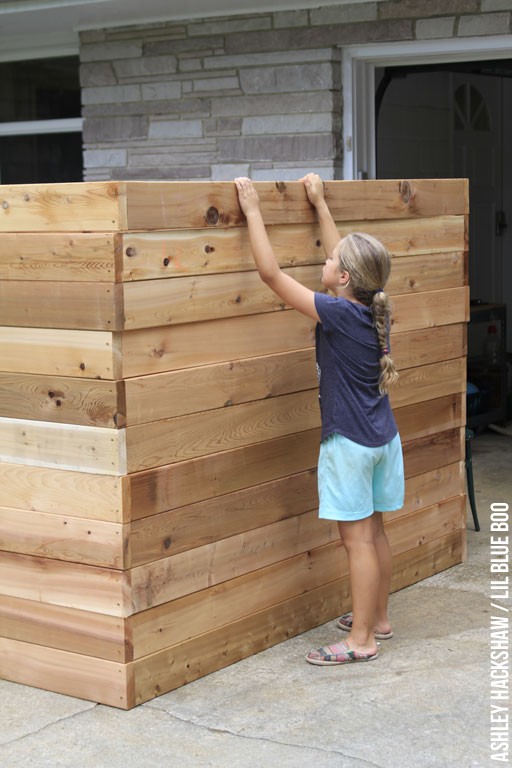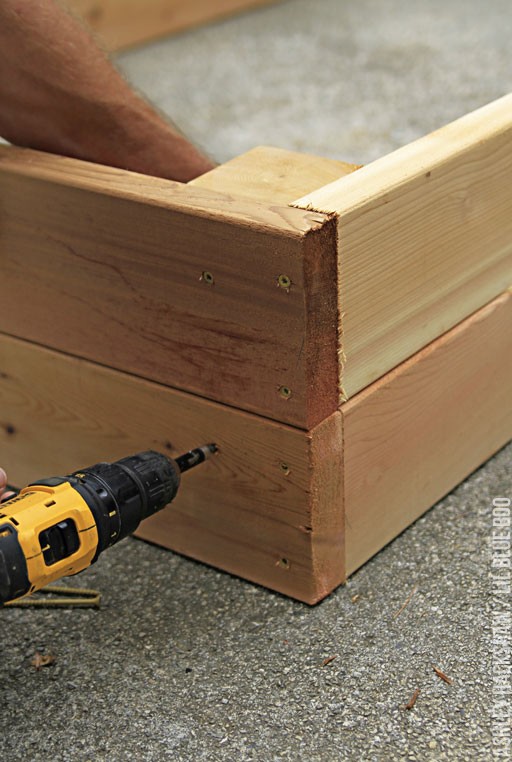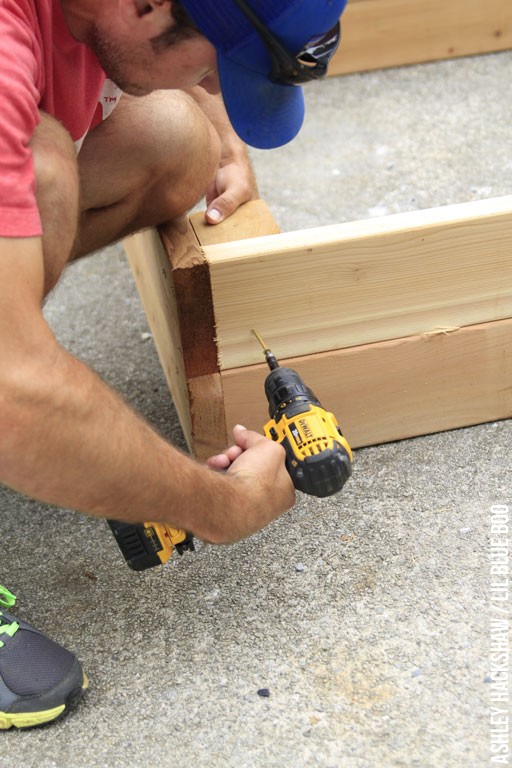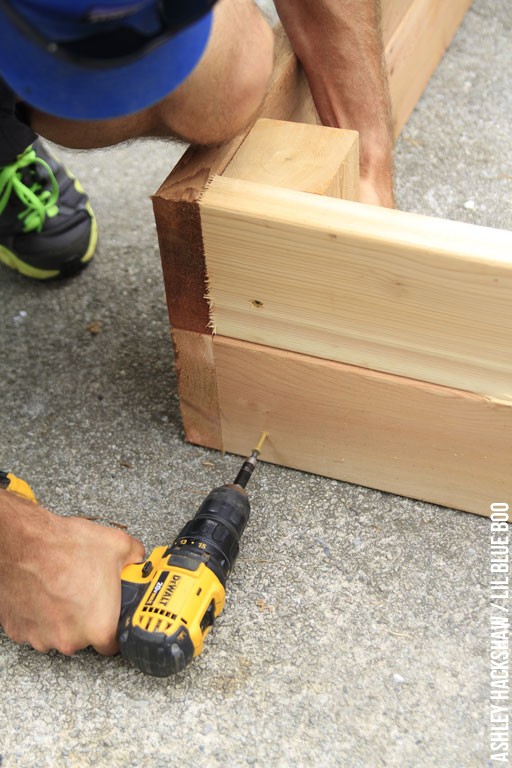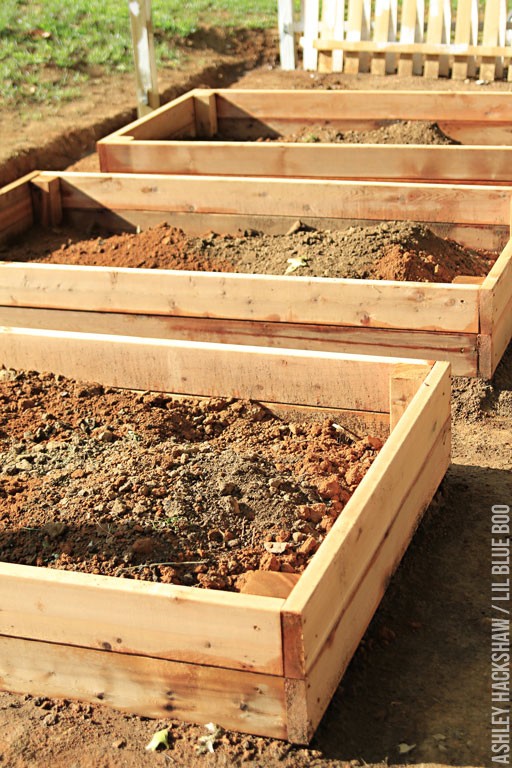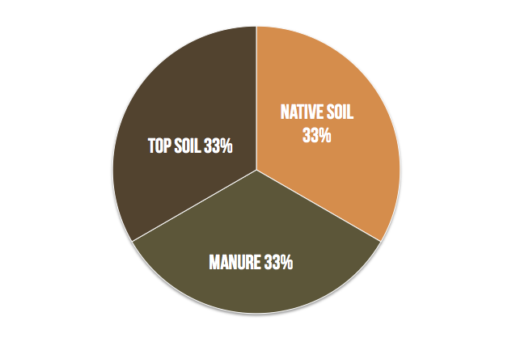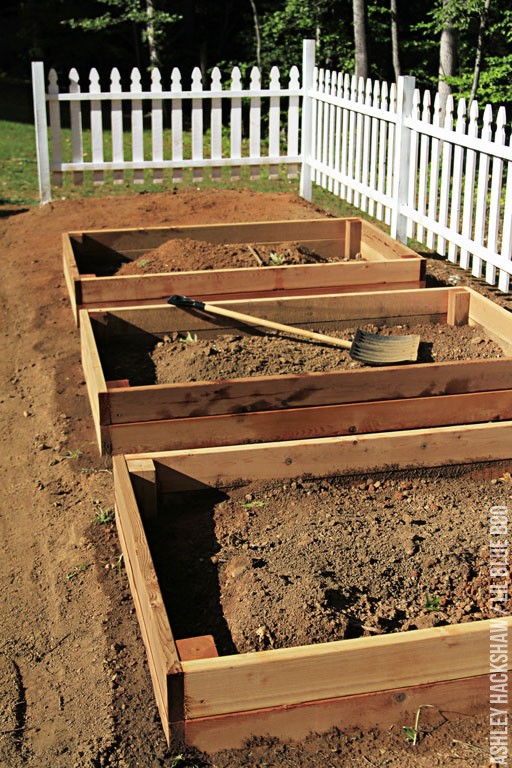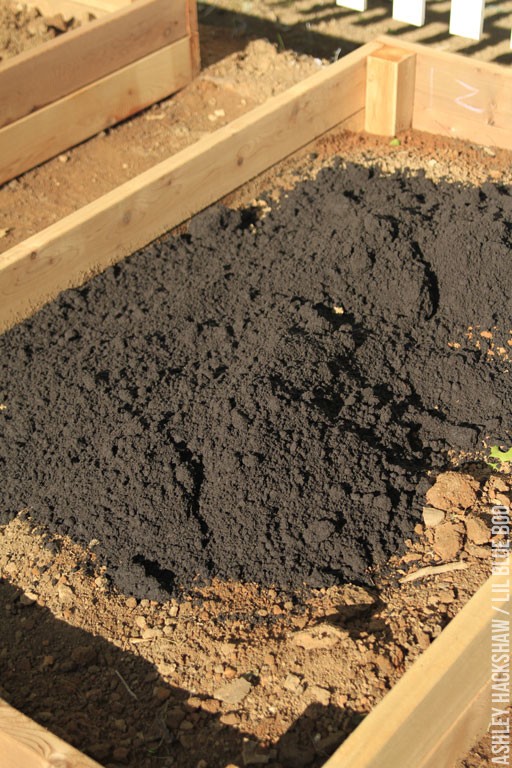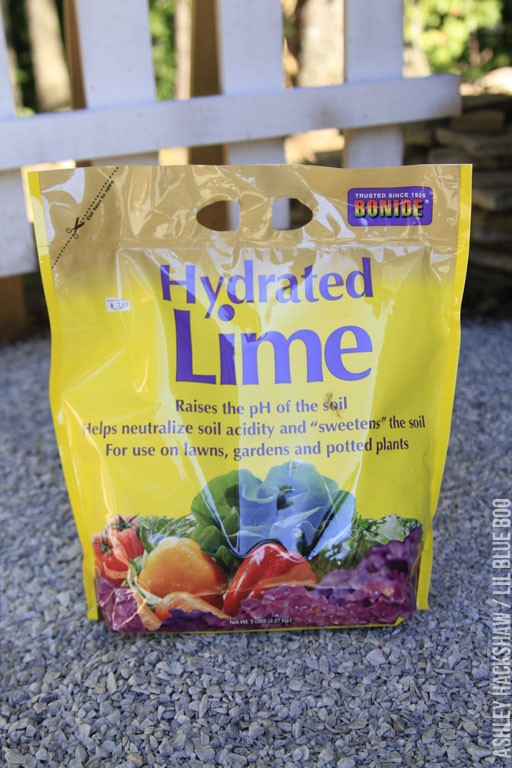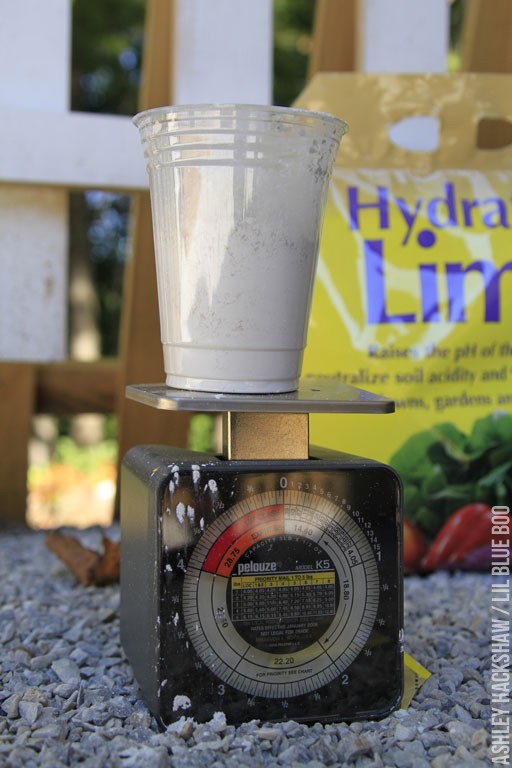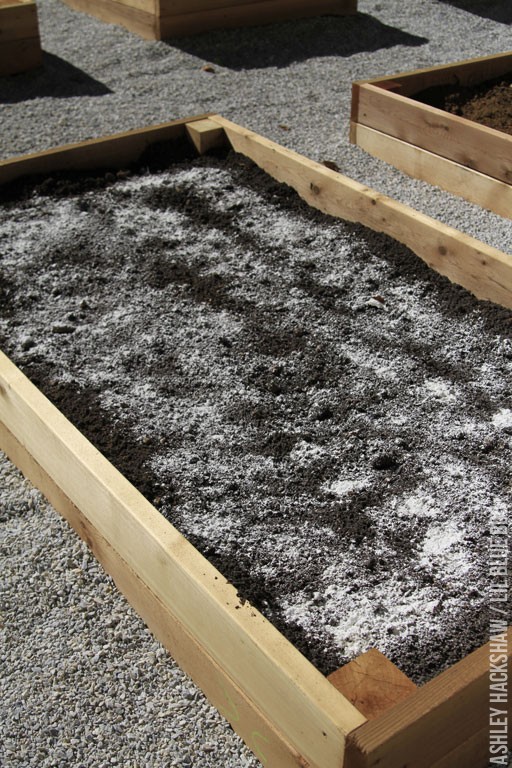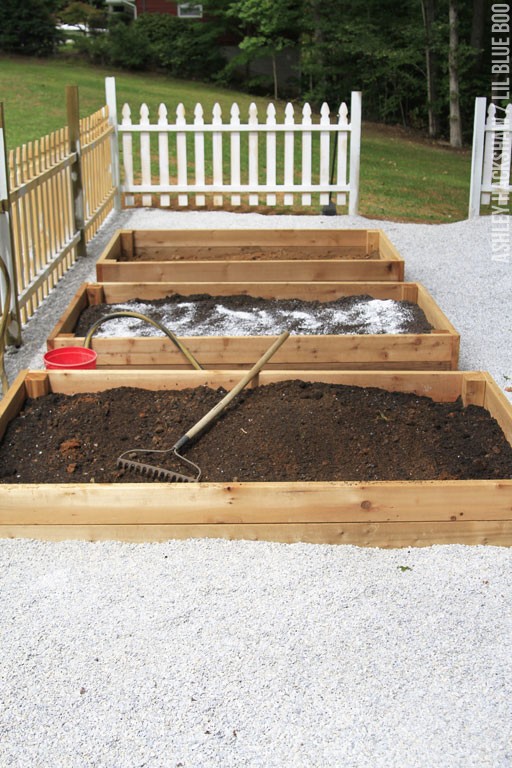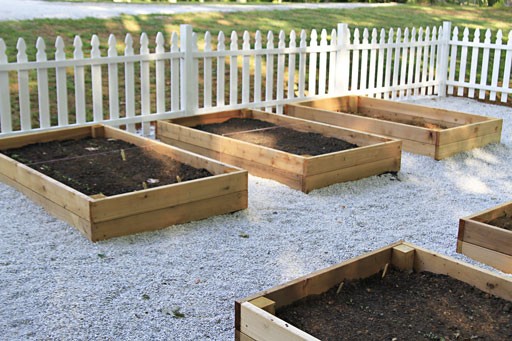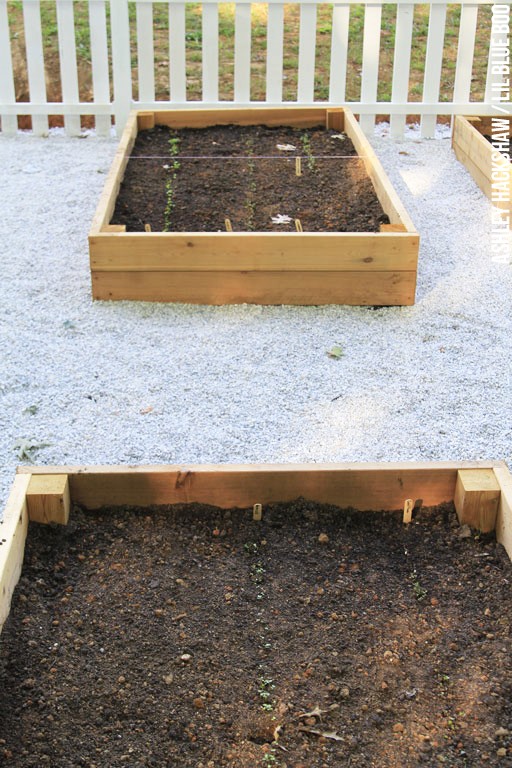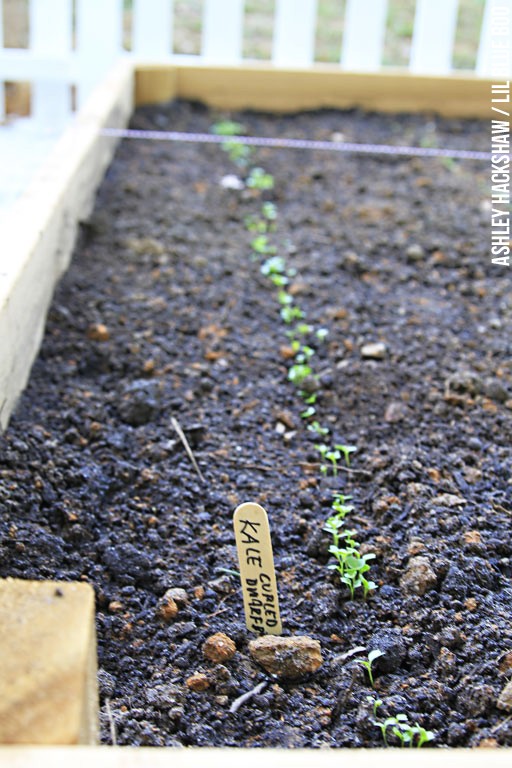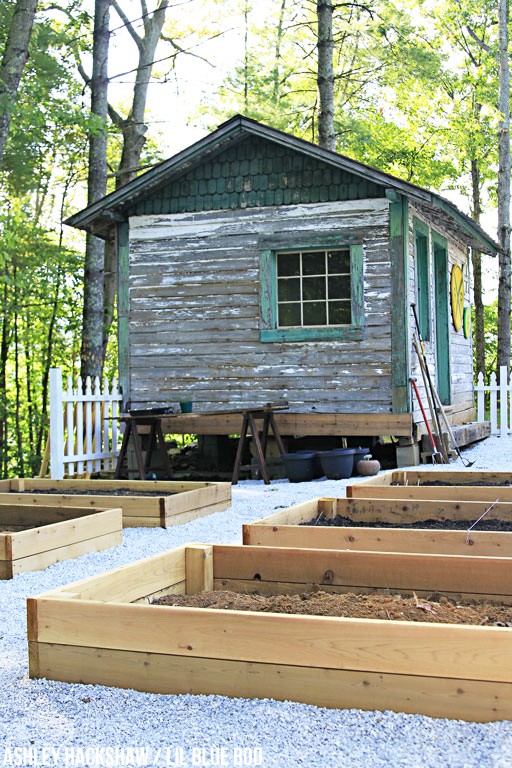If I was going to open a boutique hotel in downtown Bryson City I’d want it to look like this:
My friend Ron has invited me several times over the last few months to come and see the progress of the new Everett Hotel and Bistro (the restaurant formerly known as the Cork & Bean Restaurant) and I always declined because I wanted the whole reveal to be a surprise. And so last night I had the chance to see the finished hotel at an open house. This room overlooks the old historic courthouse:
When the renovations were being done to the old historic bank building they found a hidden attic. Let me just go on record: a secret attic is my dream find. The space allowed them to add an additional floor which includes a landing…
…two additional large rooms, and a rooftop deck with 360 degree views of Bryson City and the surrounding mountains:
I love the room numbers with the burlap:
The Bistro downstairs is one of my favorite places to eat. I always get the chicken pesto crepe and the sweet potato fries. If we go for dinner the roasted brussel sprouts! Oh and chai tea:
The best part is that the hotel is right in the heart of town. The used book store that I volunteer at on Wednesdays is only two doors down…and all proceeds go to the local library:
Sometimes I have helpers:
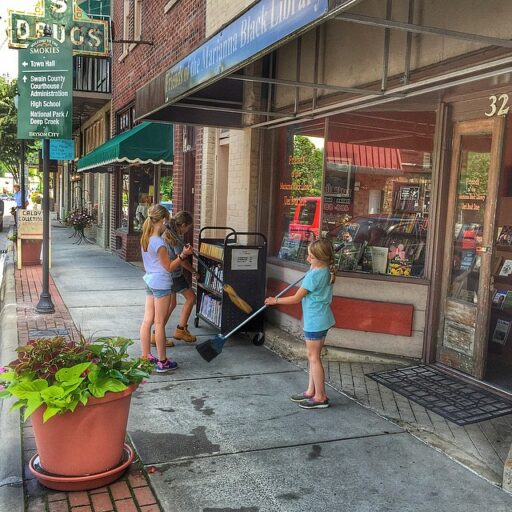
And our outfitter business Bryson City Outdoors is right across the street where you can book hiking tours, rent kayaks and paddleboards, and find Great Smoky Mountains maps and more:
Yeah that’s my kid in the store living BCO from head to toe:
So excited for my friends and their new venture. Make check out their Everett Hotel website to see more photos and find things to do around Bryson City. If you do come visit Bryson City maybe we’ll run into one another!
P.S. I’ve added my own “Smokies and Bryson City” page with photography and favorite things to do around town. It’s under construction but still has some great resources on it for your next vacation!

